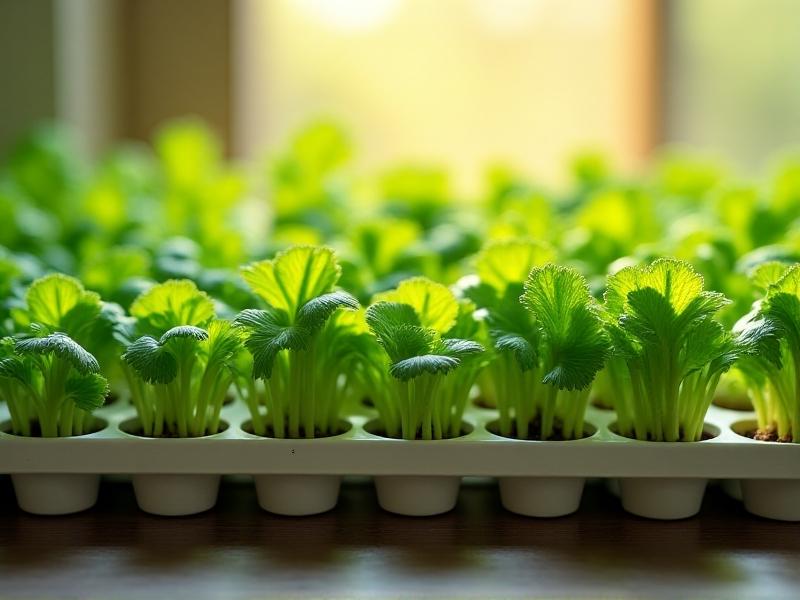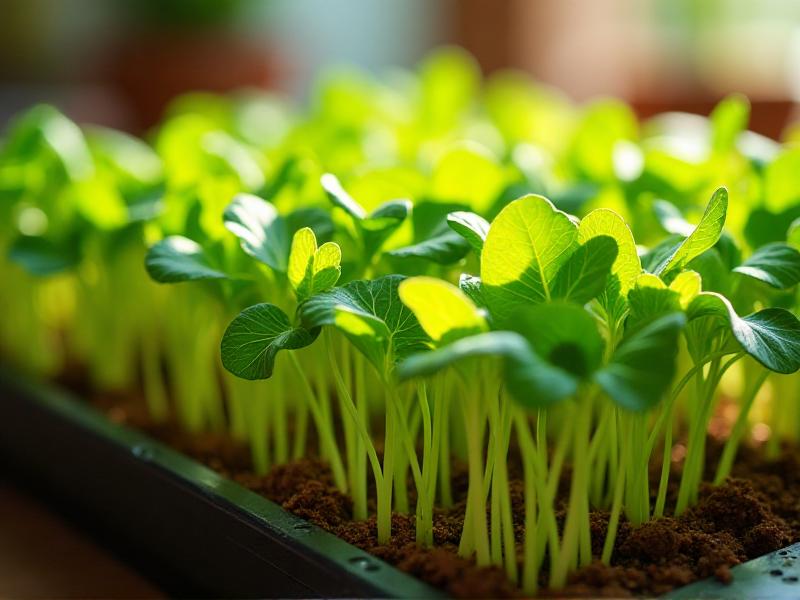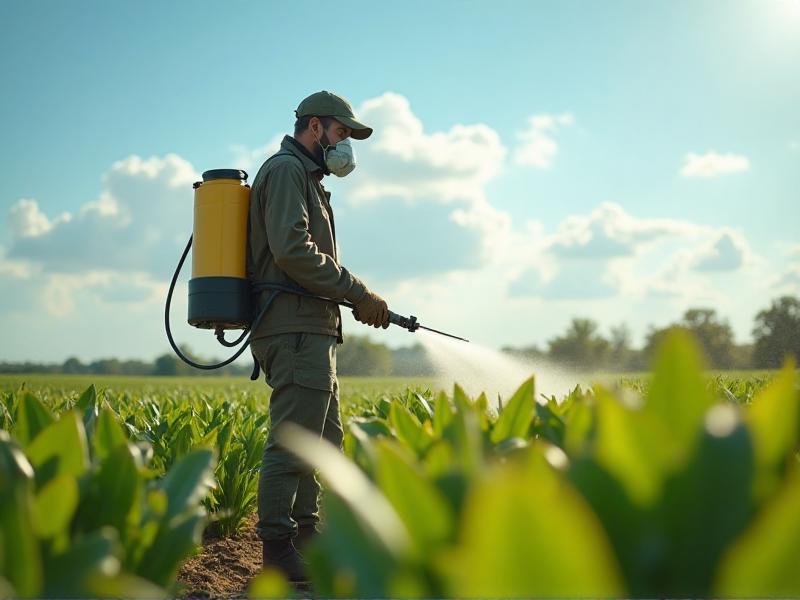Deep Water Culture vs NFT Systems
Introduction to Deep Water Culture and NFT Systems
Hydroponics has revolutionized the way we grow plants, offering efficient and sustainable alternatives to traditional soil-based agriculture. Among the various hydroponic methods, Deep Water Culture (DWC) and Nutrient Film Technique (NFT) systems stand out as popular choices for both hobbyists and commercial growers. While both systems share the common goal of delivering nutrients directly to plant roots, they differ significantly in their design, operation, and suitability for specific crops. This article explores the key differences, advantages, and challenges of DWC and NFT systems, helping you decide which method aligns best with your gardening goals.
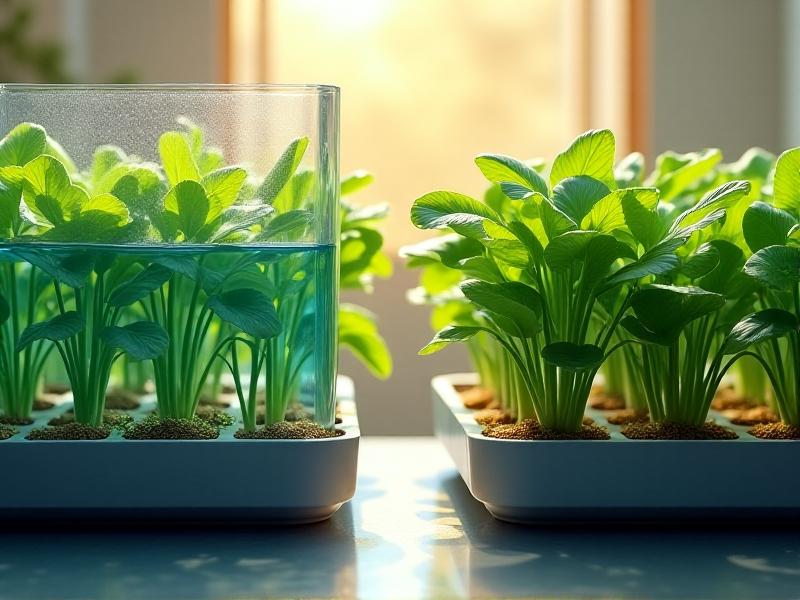
How Deep Water Culture Works
Deep Water Culture, often abbreviated as DWC, is a hydroponic method where plant roots are submerged in a nutrient-rich water solution. The system typically consists of a reservoir filled with water and nutrients, a floating platform (such as styrofoam) to hold the plants, and an air pump to oxygenate the water. The roots absorb nutrients directly from the water, while the air pump ensures they receive sufficient oxygen, preventing root rot. DWC is known for its simplicity and effectiveness, making it an excellent choice for beginners and those growing fast-growing, water-loving plants like lettuce and herbs.

How Nutrient Film Technique Works
Nutrient Film Technique, or NFT, is a hydroponic system where a thin film of nutrient solution continuously flows over the roots of plants, which are housed in shallow, sloped channels. The solution is pumped from a reservoir to the top of the channel, flows down by gravity, and is then recirculated back to the reservoir. This method ensures that the roots receive a constant supply of nutrients and oxygen, as they are not fully submerged. NFT systems are particularly well-suited for growing smaller, lightweight plants like leafy greens and herbs, and they are widely used in commercial hydroponic operations due to their scalability and efficiency.
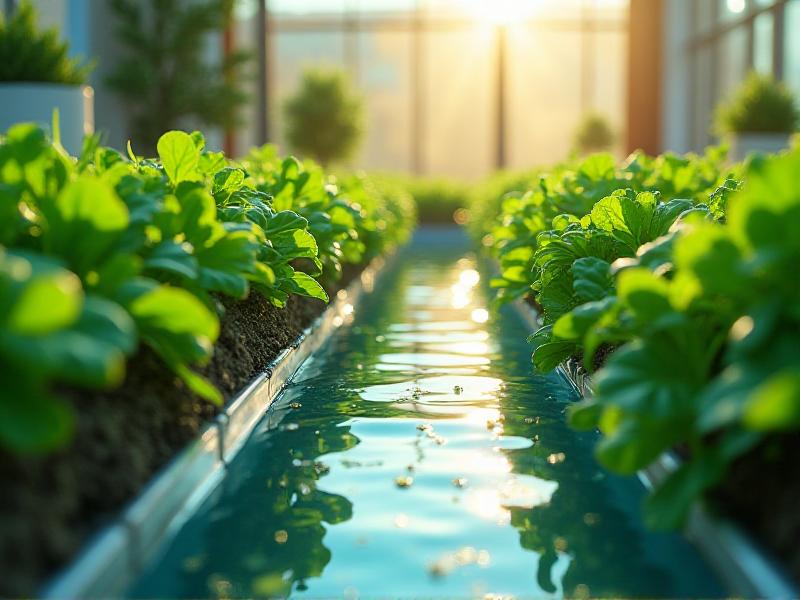
Comparing Plant Growth in DWC and NFT Systems
When it comes to plant growth, both DWC and NFT systems have their strengths. DWC systems provide a consistent and abundant supply of nutrients and water, which can lead to rapid growth and high yields, especially for plants with high water requirements. However, the fully submerged roots can be prone to oxygen deficiency if the air pump fails. On the other hand, NFT systems offer excellent oxygenation of the roots, promoting healthy growth, but the thin film of nutrient solution can dry out quickly if the flow is interrupted. Understanding these differences can help you choose the right system for your specific crops and growing conditions.
Maintenance and Operational Challenges
Maintenance is a critical factor to consider when choosing between DWC and NFT systems. DWC systems require regular monitoring of water levels, nutrient concentrations, and pH levels, as well as ensuring the air pump is functioning correctly. NFT systems, while generally low-maintenance, demand careful attention to the flow rate of the nutrient solution and the cleanliness of the channels to prevent clogging and algae growth. Both systems have their unique challenges, but with proper care and attention, they can provide consistent and reliable results.
Cost and Scalability Considerations
Cost and scalability are important considerations for anyone looking to invest in hydroponic systems. DWC systems are relatively inexpensive to set up, making them a popular choice for small-scale growers and beginners. However, scaling up a DWC system can be challenging due to the need for larger reservoirs and more powerful air pumps. NFT systems, while initially more expensive, are highly scalable and are often used in commercial operations. The ability to stack NFT channels vertically makes them ideal for maximizing space and increasing production capacity. Evaluating your budget and long-term goals can help you determine which system is the better investment.
Environmental Impact and Sustainability
Both DWC and NFT systems offer significant environmental benefits compared to traditional soil-based agriculture, including reduced water usage and the elimination of soil-borne diseases. However, they differ in their energy consumption and resource requirements. DWC systems rely heavily on air pumps to oxygenate the water, which can increase energy usage. NFT systems, while more energy-efficient, require precise control of nutrient solution flow, which can lead to higher water and nutrient consumption if not managed properly. Understanding these environmental impacts can help you make a more sustainable choice for your hydroponic setup.
Choosing the Right System for Your Needs
Ultimately, the choice between Deep Water Culture and Nutrient Film Technique systems depends on your specific needs, goals, and resources. If you’re a beginner looking for a simple and affordable setup, DWC might be the better option. If you’re aiming for scalability and efficiency, especially for commercial production, NFT systems could be more suitable. Consider factors like the types of plants you want to grow, your available space, and your budget when making your decision. Both systems have their unique advantages, and with the right approach, they can help you achieve successful and sustainable hydroponic gardening.

